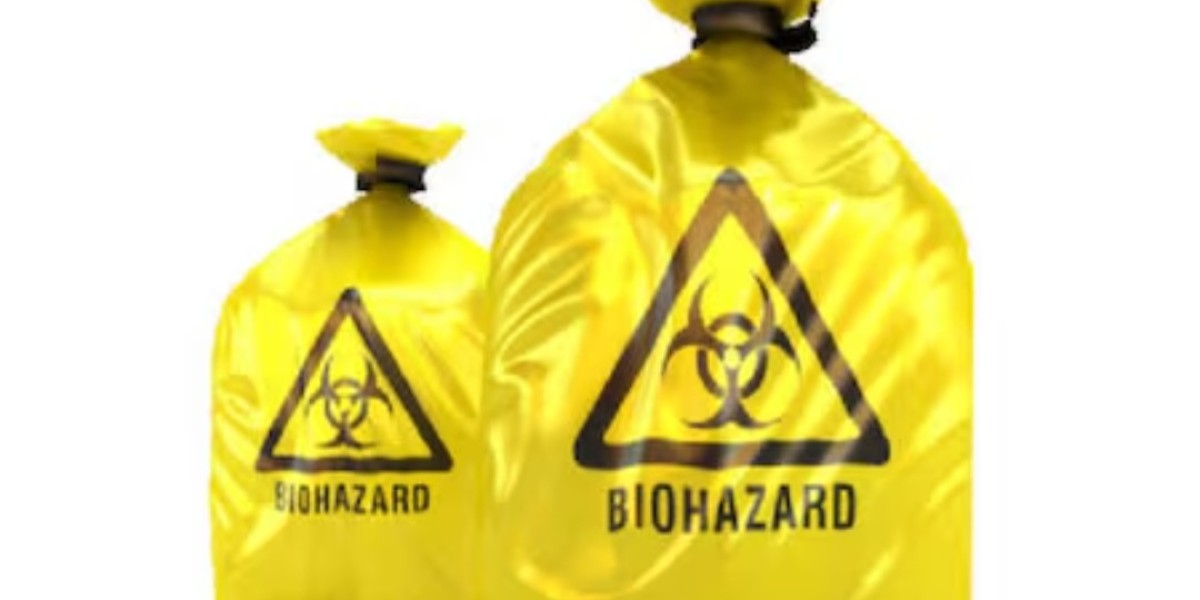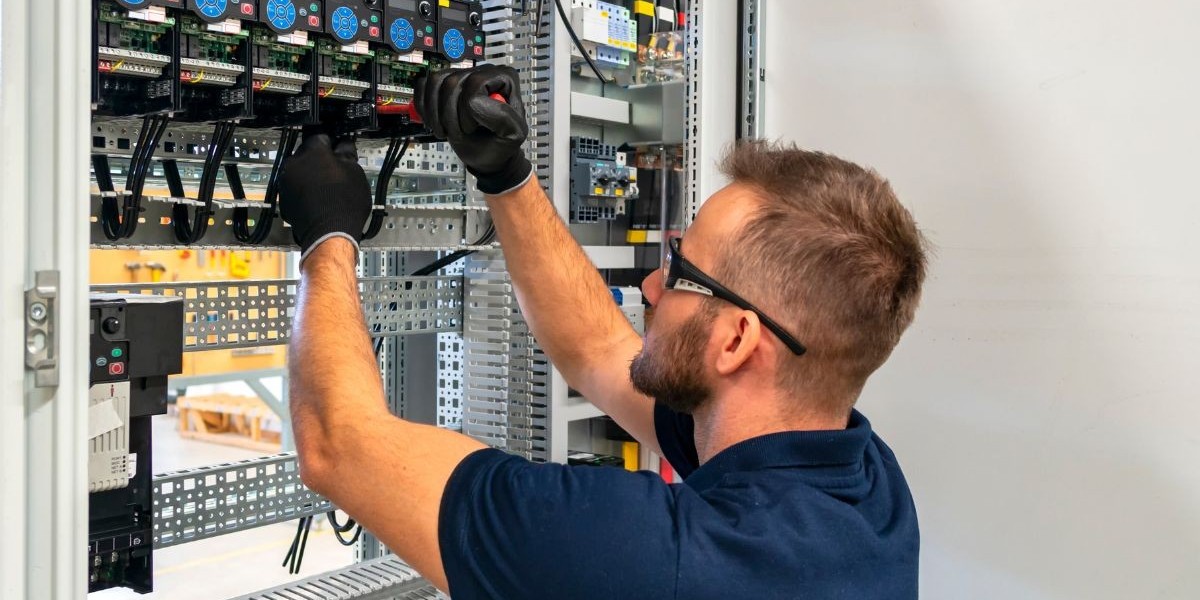Biohazard bags play a critical role in maintaining hygiene and safety in healthcare settings and industries that deal with potentially dangerous biological materials. Whether used in hospitals, laboratories, or research facilities, these specialized bags help contain and safely dispose of materials that could pose a risk to human health and the environment.
In this article, we will explore what Bio Medical Waste Bags are, their importance, different types, how they should be used, and how they fit into the broader framework of infection control and waste management. Additionally, we will answer some frequently asked questions to help clarify any concerns related to their usage.
What Are Biohazard Bags?
Biohazard bags are designed for the safe disposal of materials that could be contaminated with infectious agents like blood, bodily fluids, microbiological waste, and other hazardous biological substances. These bags are typically made from high-density polyethylene (HDPE) or low-density polyethylene (LDPE), materials that are resistant to punctures and tears, ensuring that dangerous contents do not escape.
The most recognizable feature of biohazard bags is the international biohazard symbol, usually printed in black or red, along with the word "BIOHAZARD" in bold letters. This clearly indicates that the bag contains potentially harmful biological materials and should be handled with caution.
Importance of Biohazard Bags
Biohazard bags are essential for:
Preventing the Spread of Infections: By safely containing hazardous materials, biohazard bags reduce the risk of exposure to pathogens that can spread infections and diseases.
Complying with Regulations: Health and safety regulations require the proper disposal of medical waste. Failure to comply can result in fines, legal issues, and increased health risks.
Environmental Protection: When hazardous waste is disposed of improperly, it can contaminate water supplies, soil, and air, leading to serious environmental harm. Biohazard bags help prevent this by ensuring that waste is handled safely.
Types of Biohazard Bags
There are different types of biohazard bags, each designed for specific kinds of waste:
1. Red Biohazard Bags
Red biohazard bags are the most common type and are used primarily for medical waste that could be infectious. This includes items like bandages, swabs, gloves, and other materials that have been exposed to bodily fluids. Red bags are often used in hospitals, clinics, and medical research facilities.
2. Yellow Biohazard Bags
The Biohazard Yellow Bag Exporter are typically used for the disposal of infectious materials in environments like laboratories. They are specifically designed for items such as cultures, stocks of infectious agents, and certain forms of chemical waste.
3. Orange Biohazard Bags
Orange biohazard bags are used for disposing of radioactive waste and materials that may have come into contact with radioactive substances. These bags are used primarily in research facilities and hospitals that deal with radiation.
4. Clear Biohazard Bags
Clear biohazard bags are used for materials that are not considered infectious but still require careful handling. For example, they may be used for laboratory waste like glass slides, pipettes, and other equipment that has come into contact with biological agents but does not carry a high risk of infection.
5. Autoclavable Biohazard Bags
These bags are designed to withstand high temperatures and can be sterilized using an autoclave before disposal. They are often used for materials that need to be decontaminated before they can be safely disposed of.
Proper Use of Biohazard Bags
To ensure safety and compliance with regulations, it's essential to use biohazard bags correctly:
1. Segregate Waste Properly
Not all medical waste needs to go into a biohazard bag. Non-infectious materials like regular office waste or food containers should be disposed of in regular trash bags. Only materials that are contaminated or potentially infectious should be placed in a biohazard bag.
2. Follow Color-Coding
Always use the correct color of biohazard bag for the type of waste being disposed of. Using the wrong bag can lead to confusion and improper handling of hazardous materials.
3. Do Not Overfill the Bag
Overfilling biohazard bags increases the risk of spills, punctures, and exposure to hazardous materials. Bags should be filled only up to three-quarters of their capacity and should be securely sealed before disposal.
4. Use the Right Size and Material
Biohazard bags come in different sizes and thicknesses, so it’s important to choose the right bag for the job. Thicker bags should be used for sharp or heavy objects, while thinner bags are suitable for lighter materials.
5. Ensure Safe Handling and Disposal
Once filled, biohazard bags should be carefully transported to the appropriate disposal site, such as a medical waste incinerator or a facility that processes biohazardous waste. Handling and transportation should be carried out according to local and federal regulations to ensure safety.
Regulations Governing Biohazard Bags
Biohazardous waste disposal is heavily regulated to protect both public health and the environment. Some of the key regulations include:
1. OSHA Guidelines
The Occupational Safety and Health Administration (OSHA) provides strict guidelines on how to handle biohazardous materials in the workplace. These regulations require employers to provide proper disposal containers, training on handling biohazardous waste, and personal protective equipment (PPE) to workers.
2. EPA Regulations
The Environmental Protection Agency (EPA) regulates the disposal of medical waste under the Resource Conservation and Recovery Act (RCRA). This includes guidelines for the safe disposal of hazardous materials and how biohazard bags should be treated and discarded.
3. State and Local Laws
In addition to federal regulations, individual states and municipalities may have their own laws regarding the disposal of biohazardous waste. It’s essential to be familiar with these laws and follow them accordingly.
Benefits of Using Biohazard Bags
1. Enhanced Safety
The primary benefit of Bio Medical Waste Disposal Bags is their role in enhancing safety. These bags create a physical barrier that contains infectious materials and prevents exposure to pathogens. This is especially important for healthcare workers, janitors, and waste disposal personnel who handle potentially dangerous waste.
2. Compliance with Health Standards
By using biohazard bags, healthcare facilities and businesses can ensure that they comply with health and safety standards set by regulatory bodies. Compliance not only prevents fines and legal consequences but also helps build a reputation for responsibility and care.
3. Environmental Protection
Proper disposal of hazardous waste through the use of biohazard bags helps protect the environment. Biohazardous materials, if not handled correctly, can pollute the air, water, and soil, causing long-term environmental damage.
4. Efficient Waste Management
Biohazard bags simplify the process of waste management by ensuring that hazardous materials are kept separate from regular waste. This segregation helps streamline the disposal process and ensures that waste is treated appropriately according to its risk level.
Frequently Asked Questions (FAQs)
1. What should go into a biohazard bag?
Biohazard bags should be used for any waste that contains or has been exposed to potentially infectious materials. This includes blood-soaked bandages, used gloves, syringes, laboratory waste, and any materials contaminated with bodily fluids or biological agents.
2. Can biohazard bags be reused?
No, biohazard bags are designed for single-use only. Reusing them can result in contamination and the spread of pathogens. After they have been filled and sealed, they should be disposed of following proper protocols.
3. What happens to biohazard bags after disposal?
Once biohazard bags are collected, they are typically transported to a medical waste treatment facility. Here, they may be incinerated, autoclaved, or subjected to chemical treatment to neutralize the hazardous materials before final disposal.
4. Are biohazard bags recyclable?
No, biohazard bags are not recyclable due to the risk of contamination. These bags are designed to be disposed of safely after use, and attempting to recycle them can pose significant health risks.
5. What should you do if a biohazard bag leaks or breaks?
If a biohazard bag leaks or breaks, the area should be immediately cleaned and disinfected using appropriate cleaning agents and protocols. The contaminated materials should be placed in a new biohazard bag and handled with extra caution.



